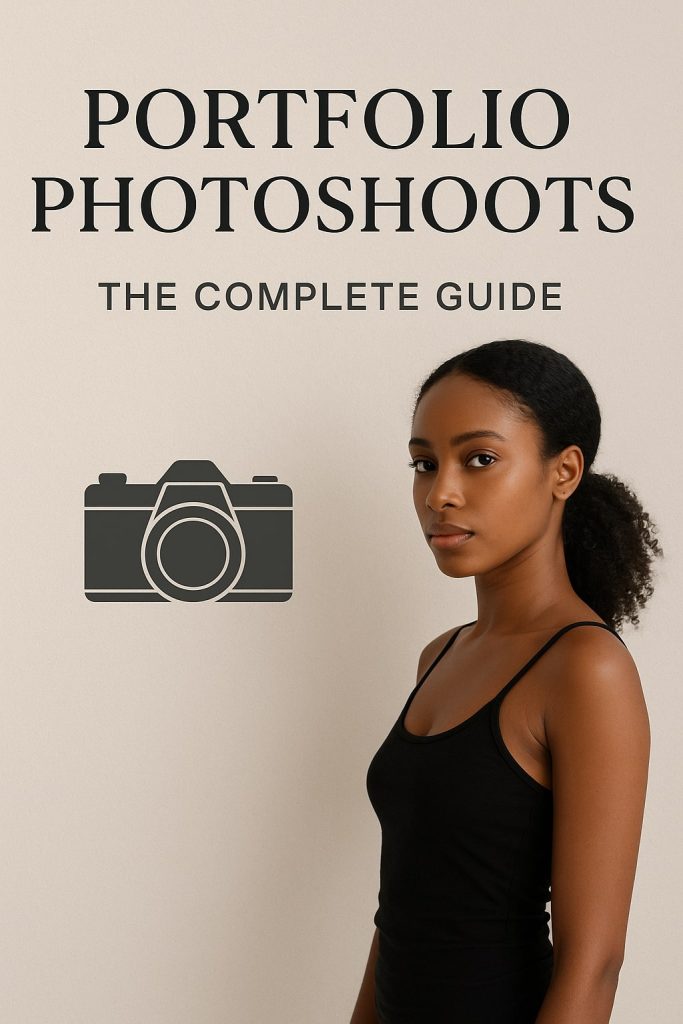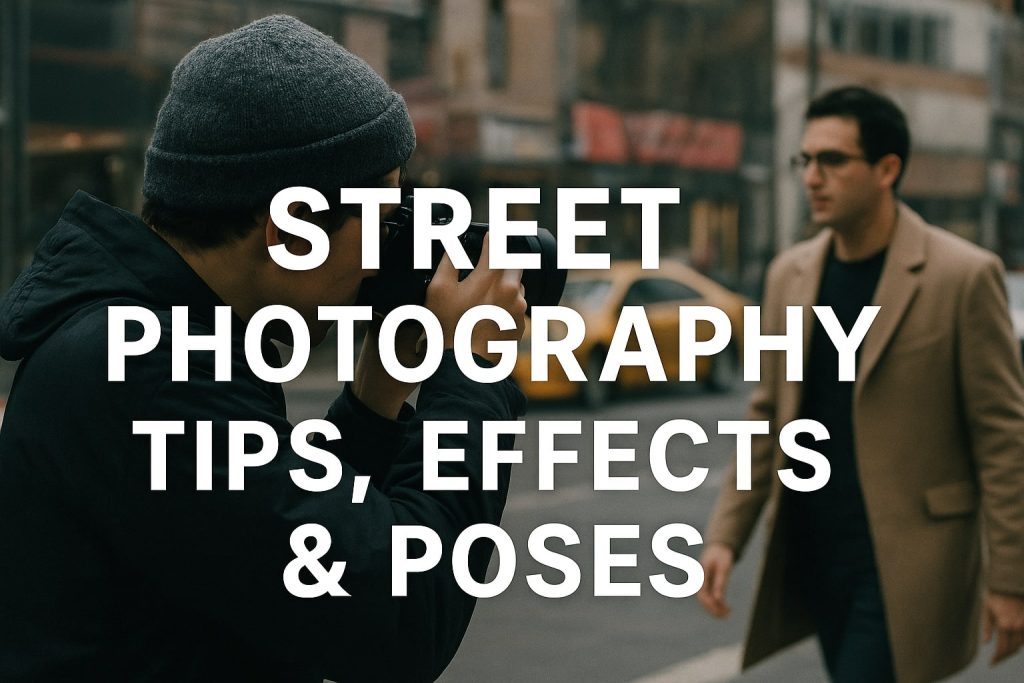Portrait shots photography often emphasizes the subject, but the background plays an equally crucial role in telling a story. A well-thought-out background complements your subject, enhances the overall aesthetic, and provides context to the image. Conversely, an overlooked or cluttered background can distract viewers and diminish the portrait’s impact.
This comprehensive guide explores the significance of backgrounds in portrait shots, covering everything from choosing the right setting to creative techniques for blending your subject seamlessly with their environment. Whether you’re shooting indoors, outdoors, or in a studio, mastering the art of backgrounds can elevate your Portrait shots photography to new heights.
1. Understanding the Role of Backgrounds in Portrait Photography
The background is more than just a setting—it’s an integral part of the composition. A well-chosen background enhances the subject’s presence while providing balance and depth.
1.1 Enhancing the Subject
A thoughtful background doesn’t overpower the subject but subtly supports and frames them. It ensures the viewer’s attention remains on the main focus of the image.
1.2 Providing Context
The background can set the scene for your portrait, giving viewers clues about the subject’s personality, profession, or mood.
1.3 Creating Emotional Impact
The right background can evoke specific emotions, adding depth and storytelling elements to your image. For instance, a serene beach backdrop conveys calmness, while an urban cityscape may evoke energy or sophistication.
2. Common Mistakes in Choosing Backgrounds
Even experienced photographers occasionally make errors when selecting or managing backgrounds. Understanding these pitfalls can help you avoid them.
2.1 Ignoring Clutter
Busy or cluttered backgrounds can distract from your subject. Always assess the scene for unnecessary elements that may compete for attention.
2.2 Overlooking Lighting Conditions
Background lighting can significantly affect your portrait shots. Uneven lighting or harsh shadows may create a disjointed look.
2.3 Failing to Match Background with Subject
A mismatch between the subject and background can make your portrait feel disconnected. For example, a formal portrait against a casual backdrop might confuse the viewer.
3. Choosing the Perfect Background for Portraits Shots
Selecting the ideal background involves balancing aesthetics, storytelling, and technical considerations.
3.1 Indoor Backgrounds
- Plain Walls: Ideal for minimalist and professional portraits. A neutral-colored wall keeps the focus on the subject.
- Decorative Interiors: Use home or office interiors for lifestyle portraits. Select areas that reflect the subject’s personality without being too distracting.
- Studio Backdrops: Invest in versatile backdrops, such as seamless paper, canvas, or textured backgrounds, to suit various themes.
3.2 Outdoor Backgrounds
- Natural Settings: Parks, beaches, or forests offer vibrant and organic backdrops. Use shallow depth of field to isolate your subject from busy environments.
- Urban Landscapes: Cityscapes, graffiti walls, or industrial areas provide bold and dynamic settings for modern portraits.
- Golden Hour Lighting: The soft, warm tones of sunrise or sunset enhance outdoor backgrounds and add a magical glow to your portraits.
3.3 Virtual or Digital Backgrounds
In the age of technology, digital backgrounds can be used creatively to match specific themes or overcome logistical challenges. Ensure your editing aligns with the natural tones and lighting of your subject.
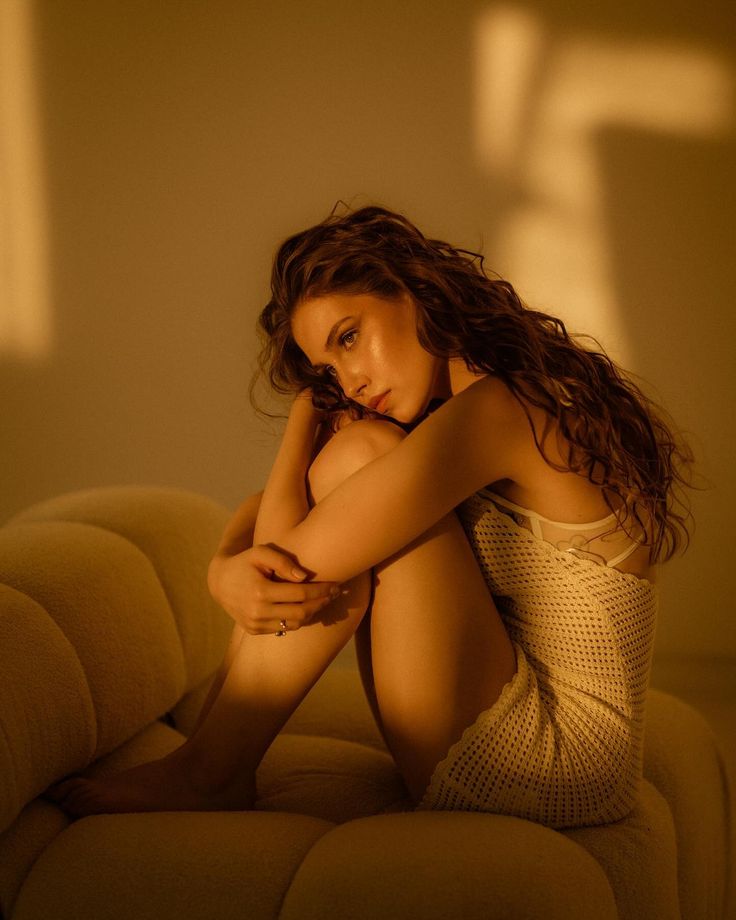
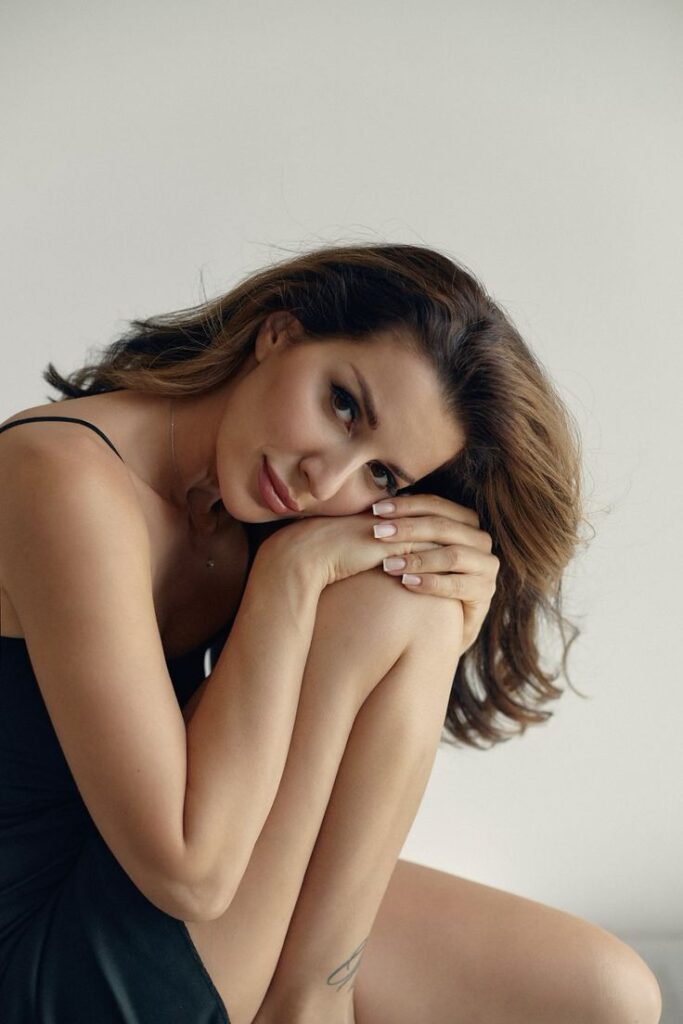

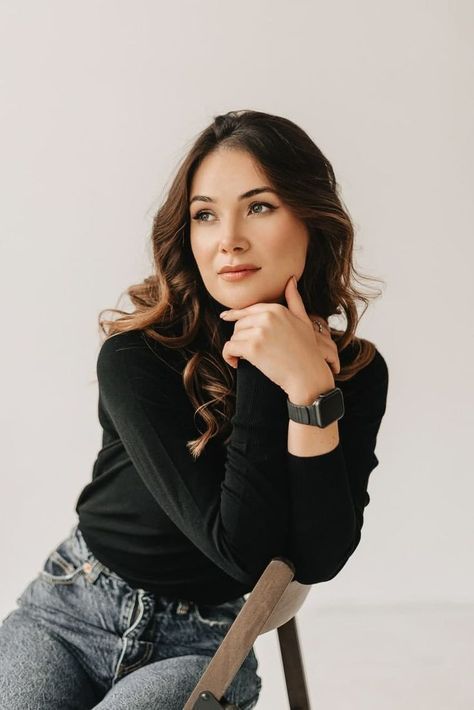
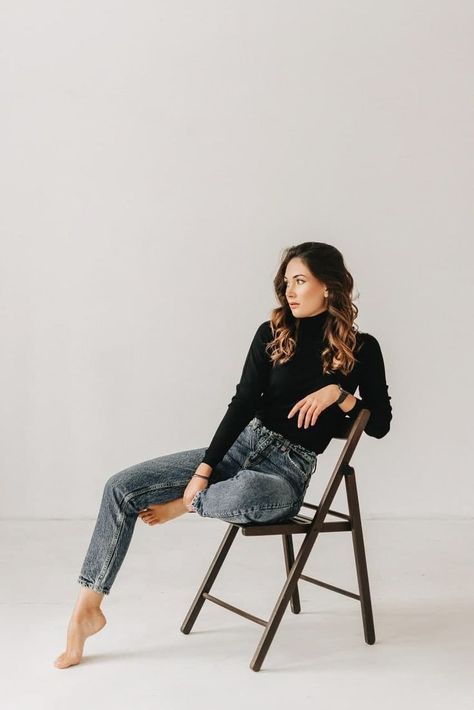
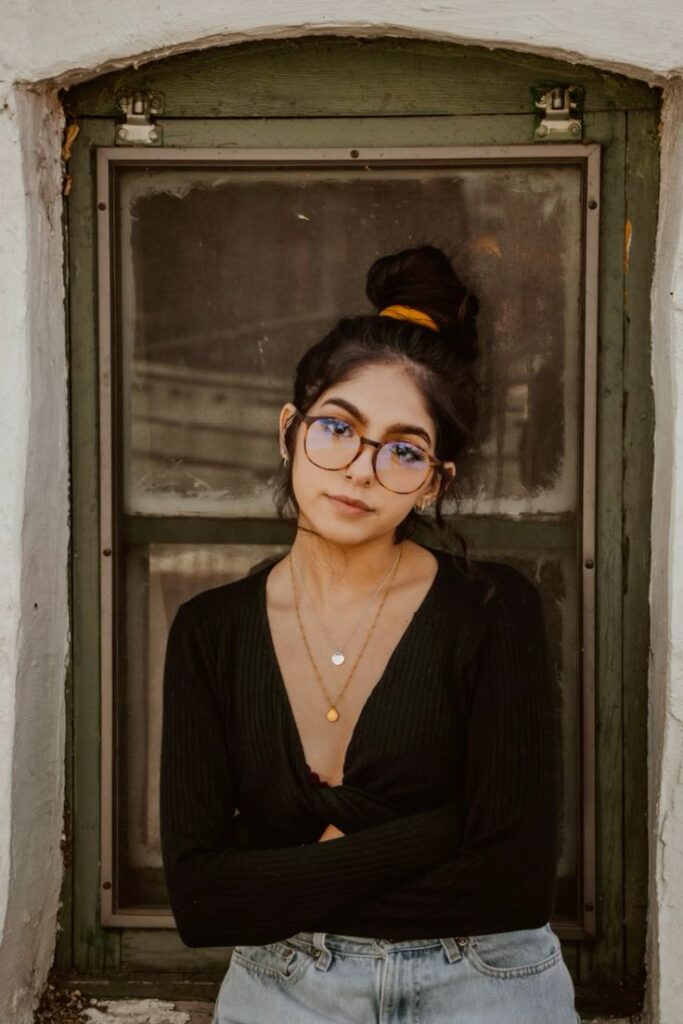
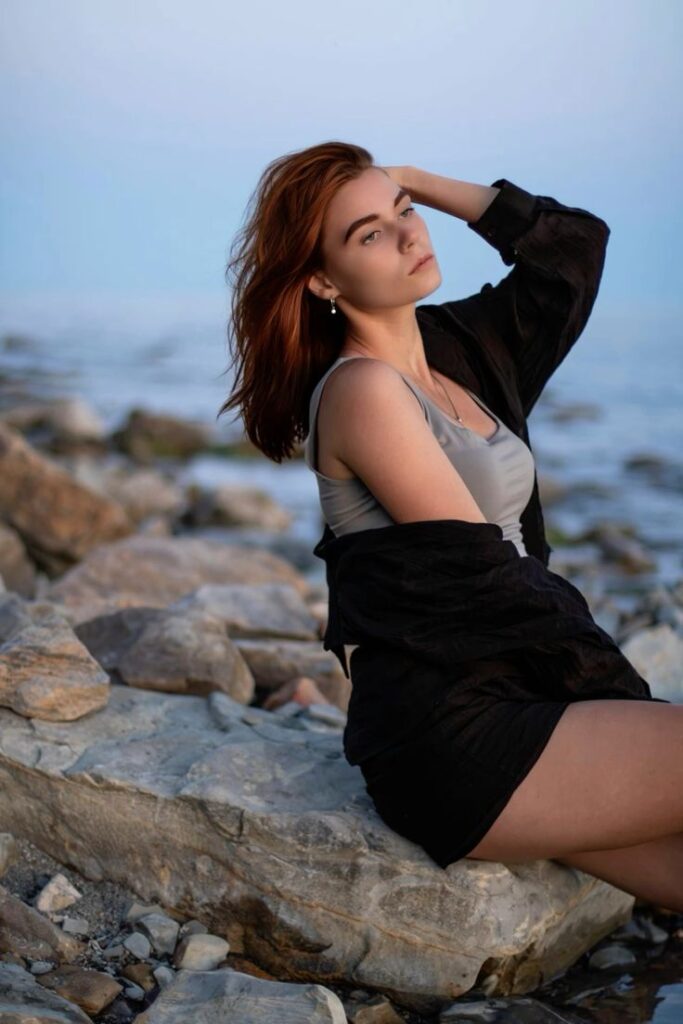

4. Techniques for Managing Backgrounds
Whether you’re working with a natural environment or a controlled studio setup, certain techniques help manage backgrounds effectively.
4.1 Depth of Field and Bokeh
Using a wide aperture (e.g., f/1.8 or f/2.8) blurs the background while keeping the subject sharp. This technique draws attention to the subject and minimizes distractions.
4.2 Framing the Subject
Natural or architectural frames, such as windows, doorways, or tree branches, guide the viewer’s eye to the subject while adding depth.
4.3 Strategic Cropping
Crop out unnecessary elements in the background during post-processing to create a cleaner composition.
4.4 Use of Props
Props in the background can complement your subject when used subtly. For example, bookshelves in an academic portrait or flowers for a romantic vibe.
5. Incorporating Backgrounds to Tell Stories
Backgrounds serve as visual storytellers. Thoughtfully incorporating them can elevate the narrative of your portrait.
5.1 Contextual Backgrounds
For environmental portraits, include elements that showcase your subject’s profession, hobby, or lifestyle. For instance:
- A chef in their kitchen.
- A musician in a recording studio.
- An artist in their workspace.
5.2 Symbolic Backgrounds
Use symbolic backgrounds to convey themes or emotions. For example, a vast desert may symbolize isolation, while a lush garden represents growth and vitality.
5.3 Contrast and Harmony
Decide whether you want the background to harmonize with the subject or contrast it. Contrasting colors or textures can make your subject pop, while harmony creates a cohesive feel.
6. The Role of Colors and Textures in Backgrounds
Colors and textures in the background can subtly influence the mood and focus of your portrait.
6.1 Color Psychology
Different colors evoke different emotions. Choose hues that align with the story you want to tell.
- Warm tones (red, orange) create energy and passion.
- Cool tones (blue, green) evoke calmness and serenity.
- Neutral tones (white, beige) keep the focus on the subject.
6.2 Textural Balance
Background textures, such as brick walls, wooden panels, or fabric drapes, can add depth and richness. Avoid overly busy textures that may steal attention from the subject.
7. Inclusive Background Choices
Incorporating inclusive and diverse elements in your backgrounds ensures your portraits resonate with a broader audience.
7.1 Reflecting Diversity
Choose backgrounds that celebrate various cultures, lifestyles, and communities. For instance, incorporating traditional architecture or textiles can add cultural depth.
7.2 Accessibility Considerations
When shooting on location, ensure the background is accessible and comfortable for all clients, including those with mobility challenges.
7.3 Respect for Environments
Be mindful of the environments you use as backdrops. Avoid using sacred or culturally significant spaces without proper permissions.
8. The Background in Post-Processing
Editing allows you to refine your backgrounds and correct any distractions that couldn’t be managed during the shoot.
8.1 Removing Distracting Elements
Use tools like the clone stamp or healing brush in Photoshop to eliminate unwanted objects or blemishes in the background.
8.2 Enhancing Colors and Tones
Adjust the saturation, brightness, and contrast of your background to make it complement your subject.
8.3 Adding Blur or Depth
If the background feels too sharp or distracting, add a subtle blur to create a more professional look.
Conclusion: Backgrounds as a Key Element in Portrait Shots Photography
Backgrounds are far more than a secondary component in portrait shots photography—they’re an essential part of the visual story. By understanding how to choose and manage backgrounds effectively, you can elevate your portraits from simple snapshots to meaningful works of art.
Remember, the perfect background doesn’t have to be extravagant; it just needs to support and enhance your subject. With practice and creativity, you’ll master the art of crafting stunning portraits with backgrounds that tell compelling stories.

Mobile Photography Hacks: Candid Moments with Your Phone
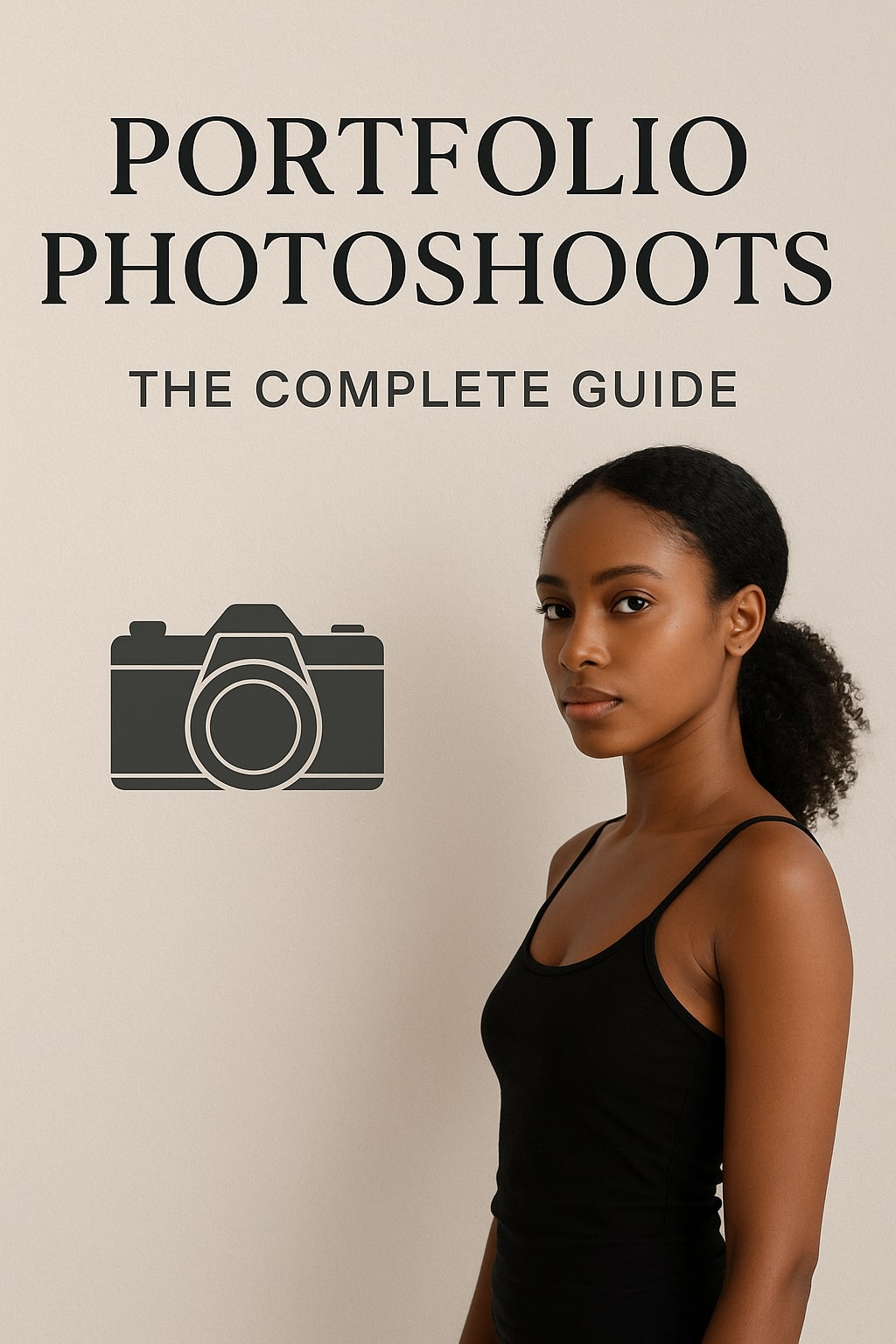
Professional Model & Portfolio Photoshoots: Show Your Best Work
-
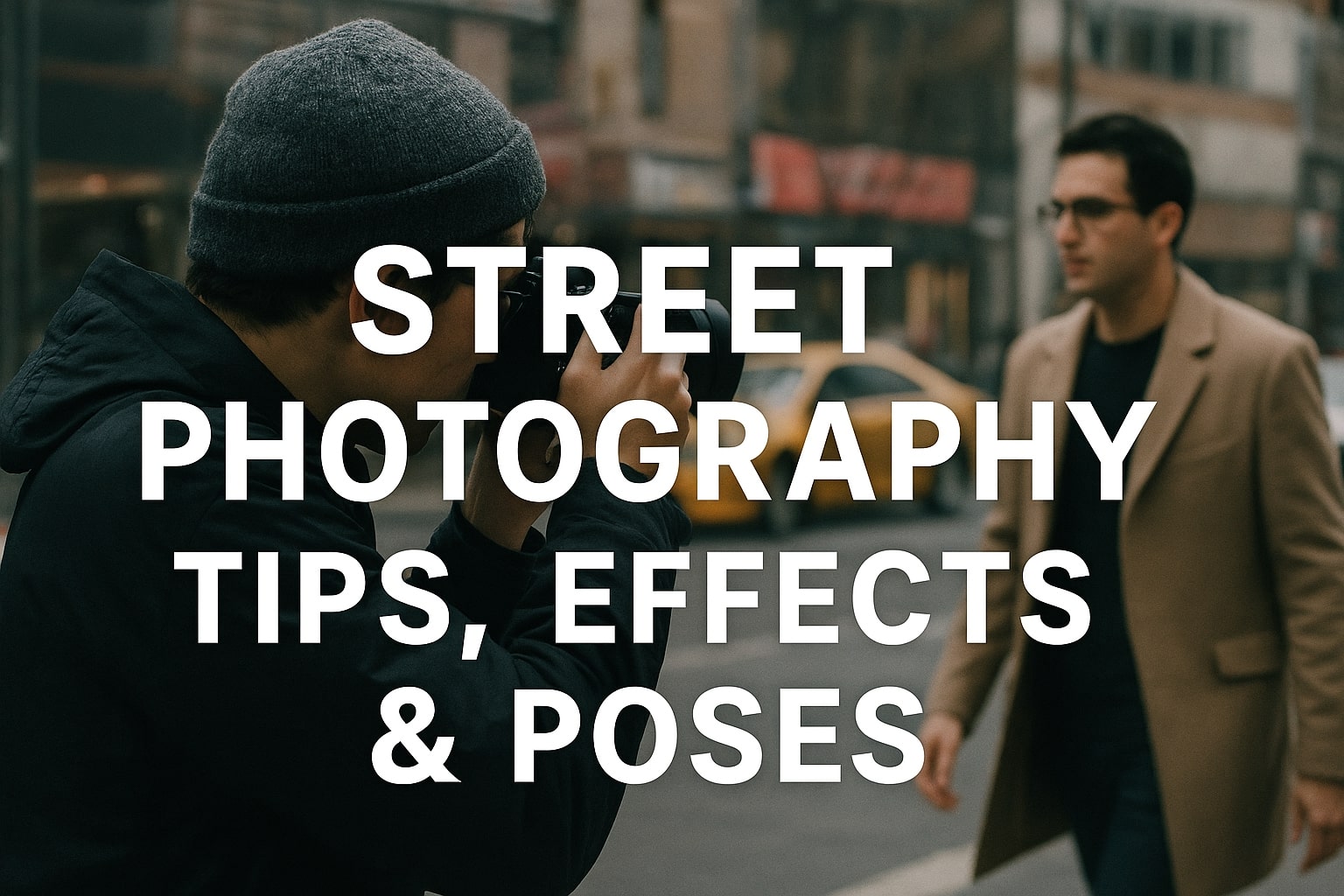
Street Photography Tips, Effects & Poses – Complete Guide
-
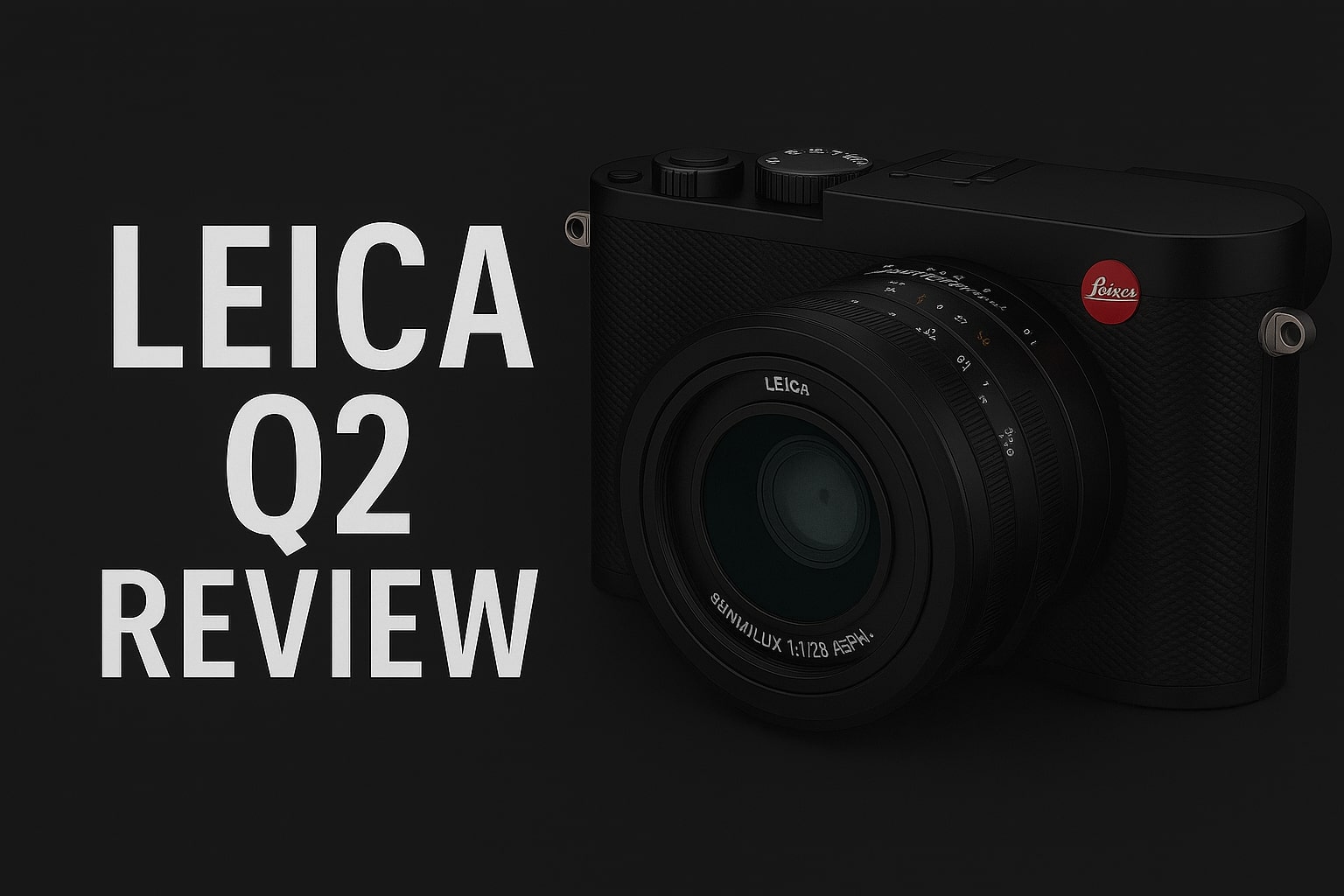
Leica Q2 for Photography: Why It’s Loved by Photographers
Mobile Photography Hacks: Candid Moments with Your Phone
Discover high-impact mobile photography hacks to capture genuine, gorgeous candid moments with your phone. Learn practical tips, composition secrets, and pro techniques to turn everyday scenes into stunning visual stories. Introduction: The New Age of Mobile Photography Photography has evolved beyond heavy cameras, technical jargon, and expensive equipment. Today, the power to capture extraordinary moments
Professional Model & Portfolio Photoshoots: Show Your Best Work
” Discover how to plan, style, and execute stunning portfolio photoshoots that showcase your skills, personality, and versatility. This comprehensive guide covers professional tips, posing ideas, gear suggestions, and industry insights for models and photographers.” Introduction – Why Portfolio Photoshoots Are the Cornerstone of a Photographer’s Career A well-crafted portfolio photoshoot is more than a
Street Photography Tips, Effects & Poses – Complete Guide
Discover the ultimate guide to Street Photography with expert tips, creative effects, and dynamic poses. Learn how to capture authentic urban moments, master composition, and tell powerful visual stories through your lens. Article Outline 1. Introduction to Street Photography Street Photography is more than just taking pictures of people in public spaces — it’s about
Leica Q2 for Photography: Why It’s Loved by Photographers
Introduction: The Cult Status of the Leica Q2 The Leica Q2 is not just a camera—it’s a statement. Combining the heritage of German precision engineering with modern digital excellence, it holds a special place in the hearts of professional and passionate photographers alike. With its full-frame sensor, prime Summilux lens, and minimalist design, the Q2
Top Cameras Under ₹1 Lakh for Freelance Photography
Freelance photography is no longer a niche—it’s a booming creative profession that demands not only vision and hustle but also the right gear. Your camera isn’t just a tool; it’s your storytelling partner. If you’re a freelance photographer aiming to balance performance, versatility, and budget, investing in a cameras under ₹1 lakh can offer the
Top Features of Nikon D850 That Make It Ideal for Photoshoots
Explore the top features of the Nikon D850 that make it a powerhouse for photoshoots. From exceptional resolution to dynamic range, this detailed Nikon D850 guide is built for professional and aspiring photographers. 1. Introduction When Nikon launched the D850, it quickly earned a reputation as a flagship DSLR that redefined what photographers could expect



